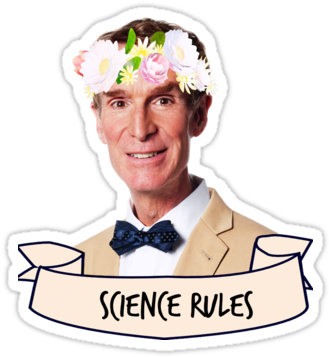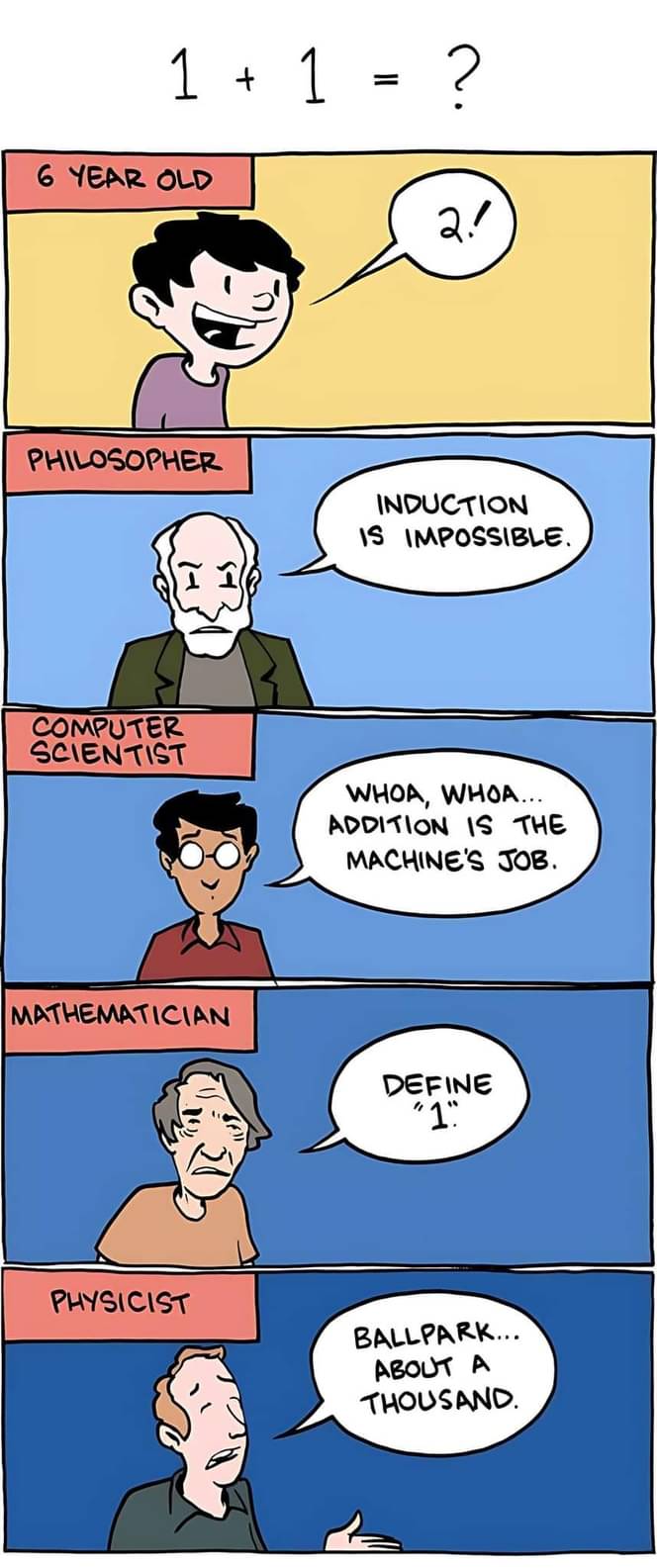this post was submitted on 22 Jul 2024
416 points (100.0% liked)
Science Memes
14681 readers
2202 users here now
Welcome to c/science_memes @ Mander.xyz!
A place for majestic STEMLORD peacocking, as well as memes about the realities of working in a lab.

Rules
- Don't throw mud. Behave like an intellectual and remember the human.
- Keep it rooted (on topic).
- No spam.
- Infographics welcome, get schooled.
This is a science community. We use the Dawkins definition of meme.
Research Committee
Other Mander Communities
Science and Research
Biology and Life Sciences
- [email protected]
- [email protected]
- [email protected]
- [email protected]
- [email protected]
- [email protected]
- [email protected]
- [email protected]
- [email protected]
- [email protected]
- [email protected]
- [email protected]
- [email protected]
- [email protected]
- [email protected]
- [email protected]
- [email protected]
- [email protected]
- [email protected]
- [email protected]
- [email protected]
- [email protected]
- [email protected]
- [email protected]
- !reptiles and [email protected]
Physical Sciences
- [email protected]
- [email protected]
- [email protected]
- [email protected]
- [email protected]
- [email protected]
- [email protected]
- [email protected]
- [email protected]
Humanities and Social Sciences
Practical and Applied Sciences
- !exercise-and [email protected]
- [email protected]
- !self [email protected]
- [email protected]
- [email protected]
- [email protected]
Memes
Miscellaneous
founded 2 years ago
MODERATORS
you are viewing a single comment's thread
view the rest of the comments
view the rest of the comments

ok, I define 1 as {∅} and 2 as {∅, {∅}}
proving the addition holds is slightly more complicated
Now define "+"
I love the comment that it's "occasionally useful"
Hmm yes.. set theory... I don't understand anything happening here
There is actually a really good explanation for us math-curious non-mathematicians here:
https://blog.plover.com/math/PM.html
That's some good read, thank you so much.
+is a map fromN×NtoNwherea + 0 = aanda + S(b) = S(a + b)(Sis the successor function that gives the next number).Then
1 + 1 = 1 + S(0) = S(1 + 0) = S(1) = 2.seems a little sus to use + to define +
No, it's correct. You define the operation by it's properties. It's not saying that "a plus 0 = a" but "the result of applying the binary operation '+' to any number with 0 should give the original number."
You have to have previously defined 1=S(0), 2=S(1), 3=S(2), and so on.
I really recommend the YouTube channel "Another Roof". His first few videos were building up exactly this idea, as well as building up all the real numbers (possibly complex too if I'm remembering correctly). Sounds like a dry topic but he uses humour really well throughout. https://youtube.com/@anotherroof
Here is a playlist of the topic: https://youtube.com/playlist?list=PLsdeQ7TnWVm_EQG1rmb34ZBYe5ohrkL3t
ooh, that looks interesting!